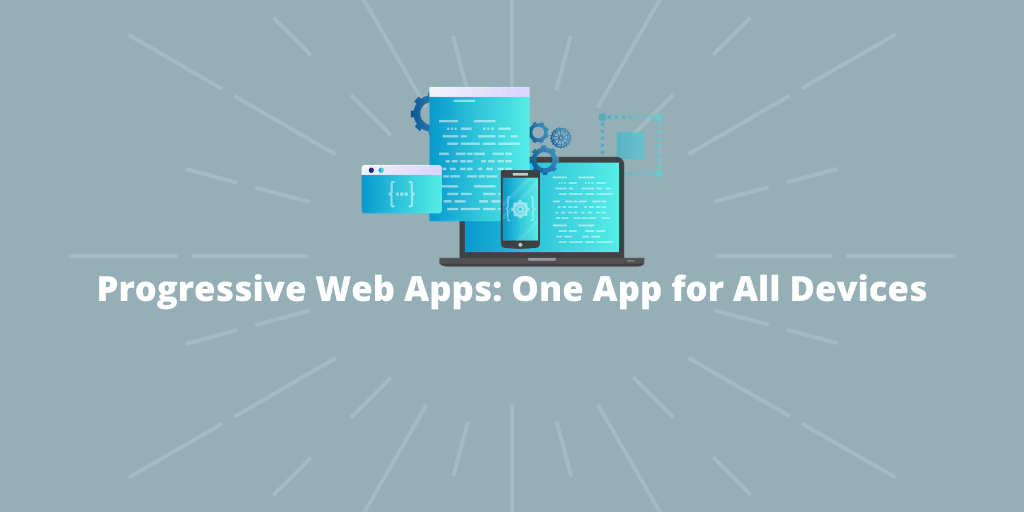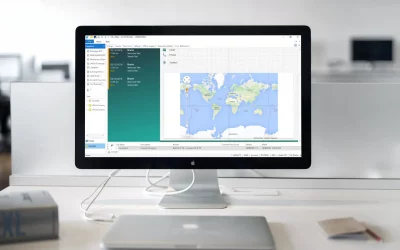Progressive web applications (PWA) have the potential to revolutionize the way businesses approach app development. With the ability to offer a universal experience across all devices with just a single app, PWAs offer scalability, reliability, and flexibility right inside the browser. They also offer the functionality of native mobile apps with the convenience of a website. Let’s take a look at some of the key features to developing PWAs.
An Installable Website?
Even though PWAs are accessible via the web through a web browser, they are installable on desktop and mobile environments. When you launch a PWA, you are not viewing a web browser; you are viewing an application window that looks and acts like any other application you may have on your phone, tablet, or computer. The app then can have access to various device features such as the camera and NFC all while having access to web storage. Even though the web app is browser based, once installed the app will look like a native application, with no browser bar or web tabs.
A Web App with Offline Functionality
When developing PWAs, the app should be designed with offline functionality as the top priority. One of the major benefits of PWAs is the ability to use web storage and for the developer to define what can get stored in cache. This allows the PWA to work as designed when internet connectivity is low or doesn’t exist. Even though it is a web app, the ability to function offline without issues is a powerful feature.
Share Your Apps
Since PWAs utilize web technologies, they can be shared the same way any website can be shared. Customers, whether internal or external, can share your apps via a regular web link in an email, on a website, through social media, in any web document, or even through a text. Also, PWAs can be optimized with search engine organization (SEO), making them a valuable marketing tool as well. They can be found and utilized much easier than a native mobile app. PWAs also require fewer steps to install compared to native apps, making them more likely to be installed and used.
One App, and No App Store?
Businesses only need to develop a single PWA to cover all devices. The app will install on desktops, laptops, and any web-enabled mobile device. This one app will provide a universal experience across the devices as well. Once the end user is familiar with your app on one device, switching to another device will be seamless and easy. There will be no need to maintain apps on different app stores. Not only do development times decrease since you are only developing a single app, but maintenance and devops are streamlined as well.
Be on the Lookout for PWAs
Although the various web technologies of PWAs have been around for several years, combining them into a uniformed guideline and a single app is just now gaining popularity. Not every shop or every development method can accommodate developing PWAs. Visual LANSA’s soon-to–be-released feature update will come equipped to help developers effortlessly develop PWAs. Combining the speed and efficiency of low-code with the flexibility and scalability of PWAs is a no-brainer. Developers won’t have to worry about the intricacies of PWAs, such as manifests and service workers, and can focus on developing an app that solves the needs of their users.
To learn more, contact us today.






0 Comments